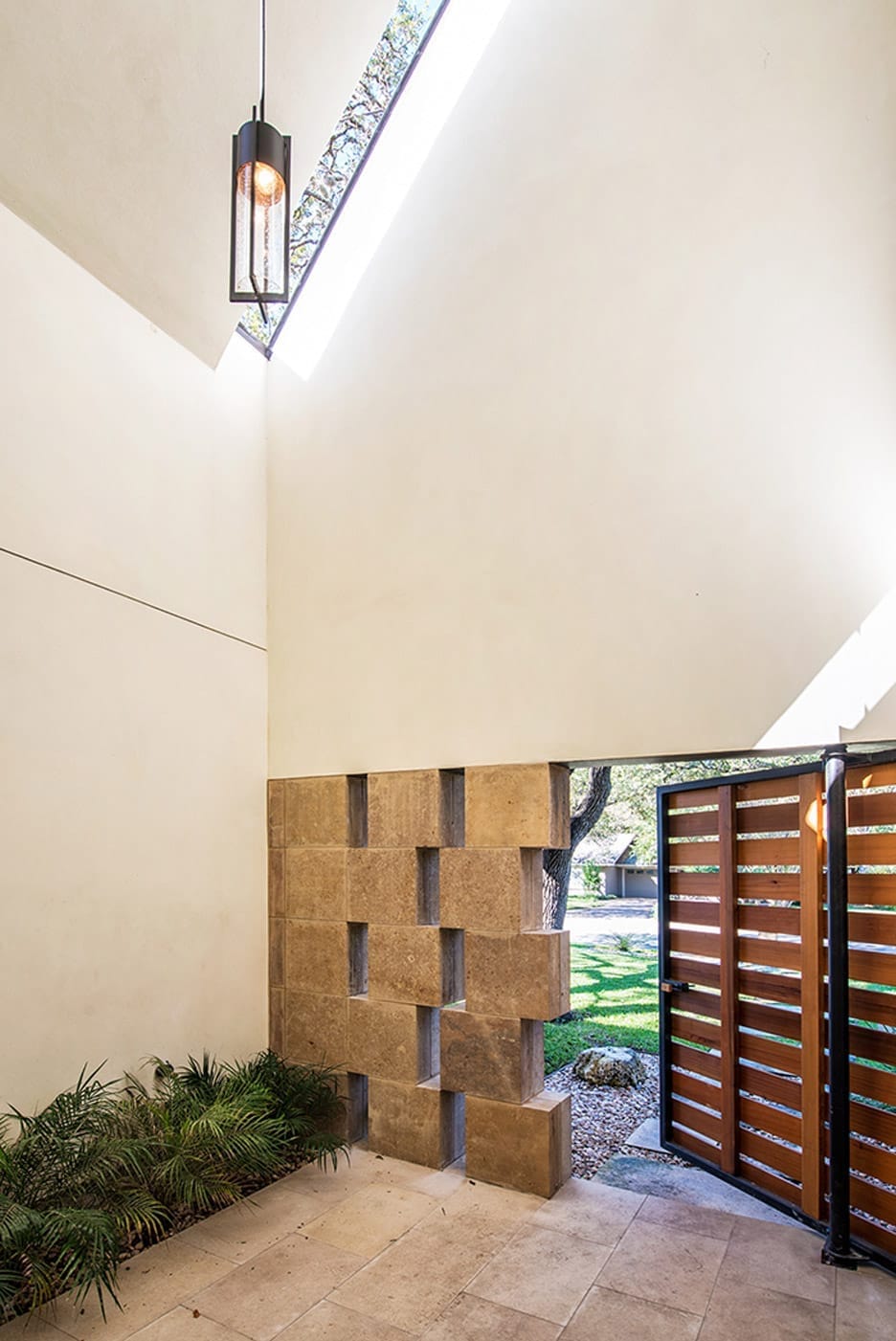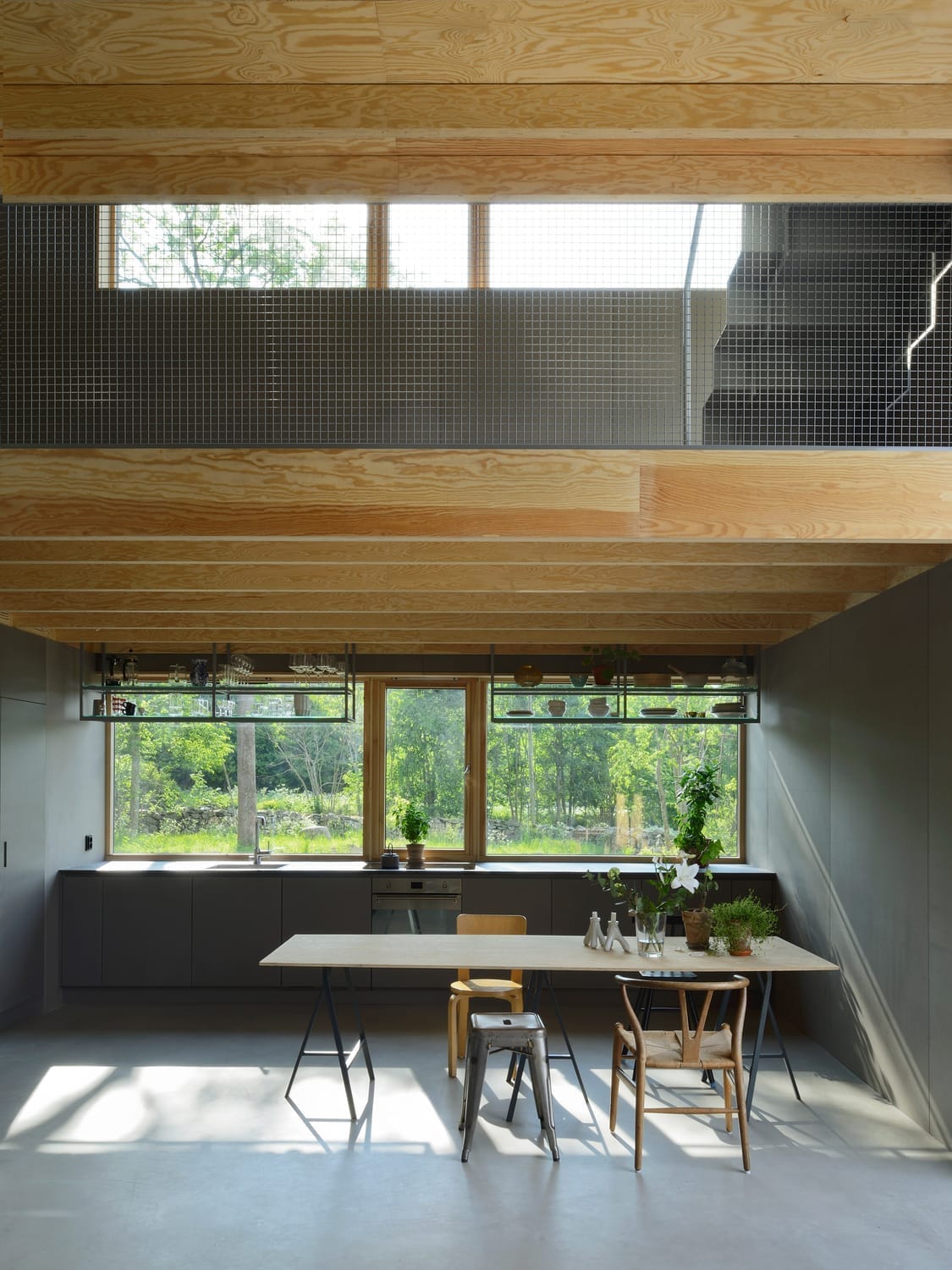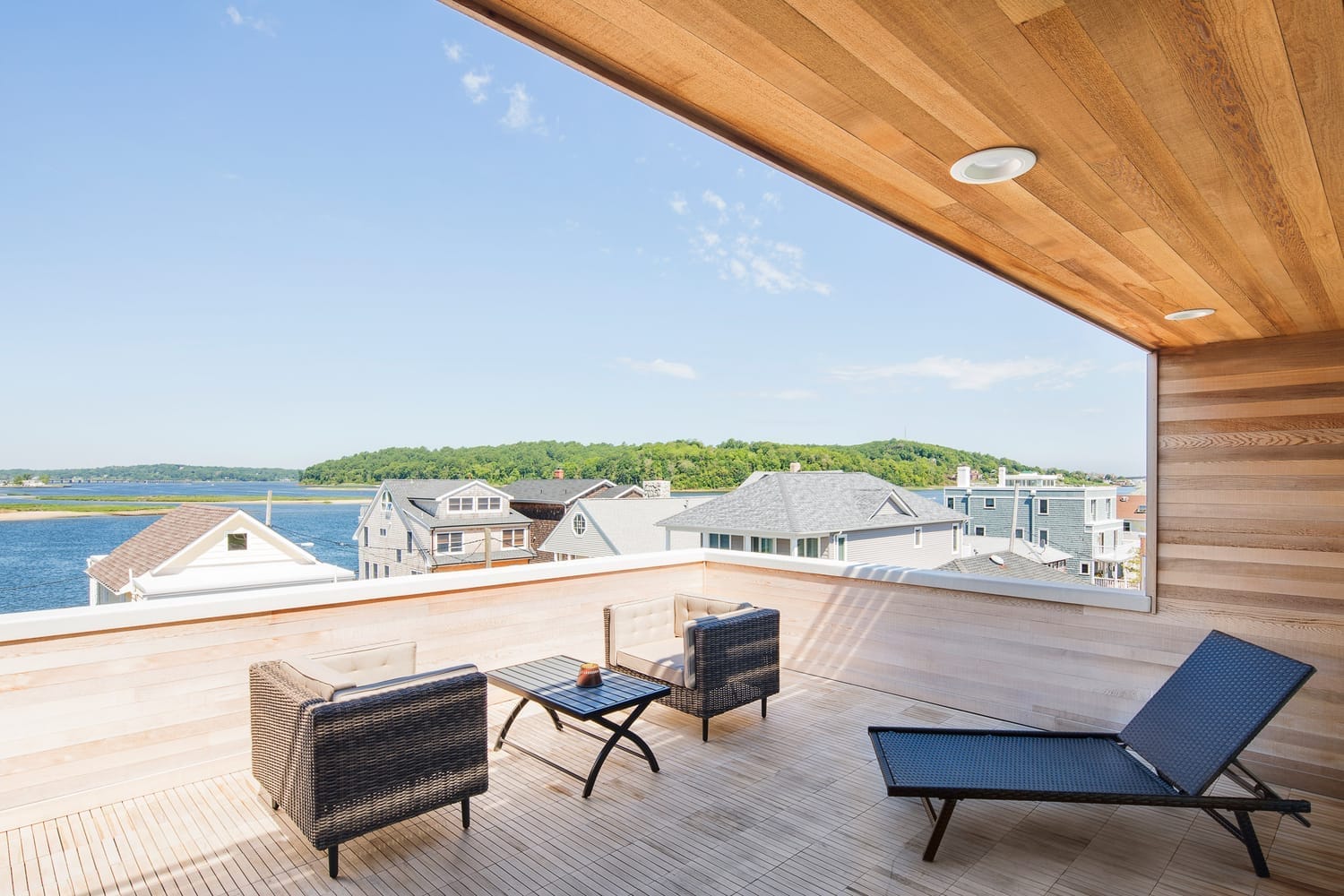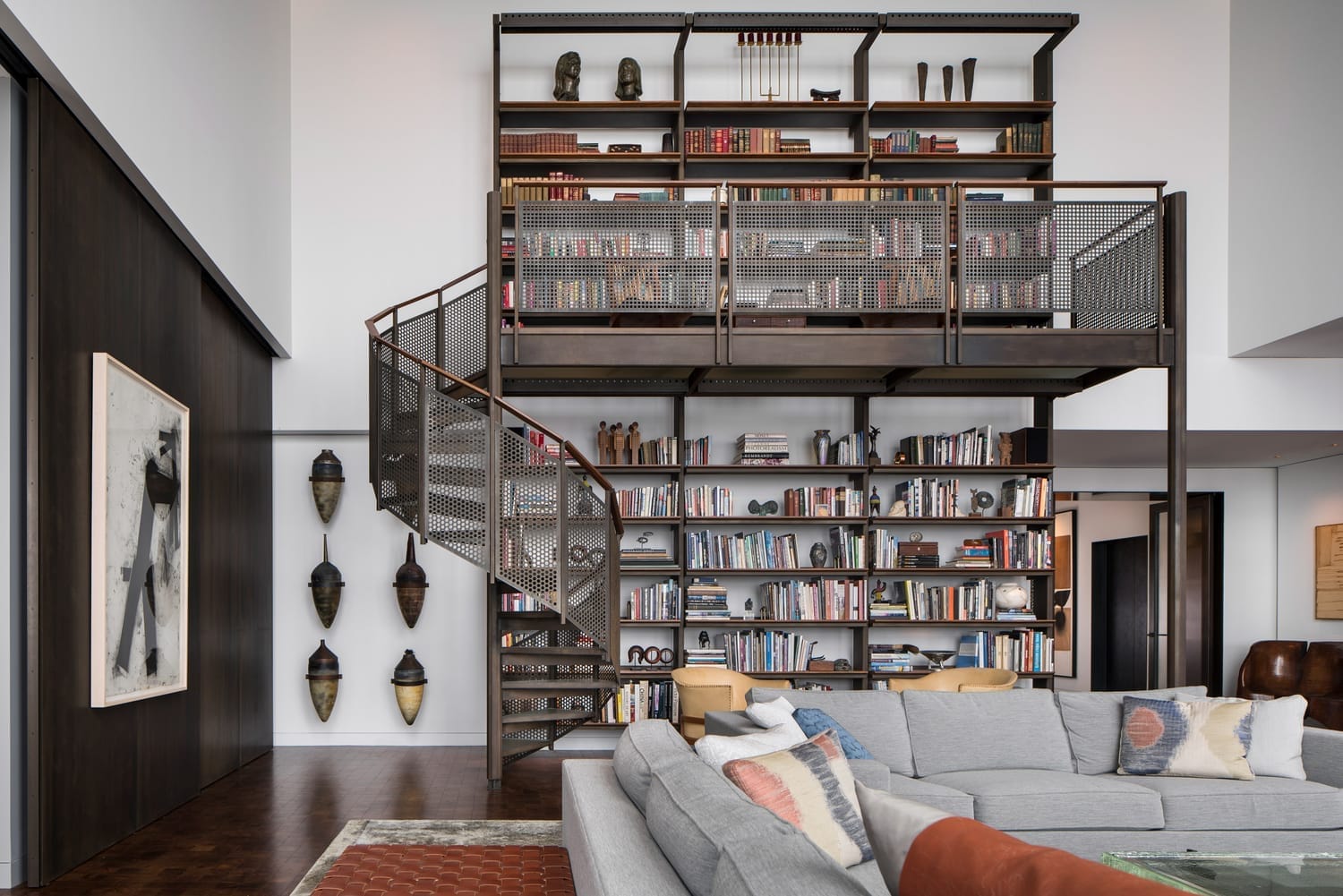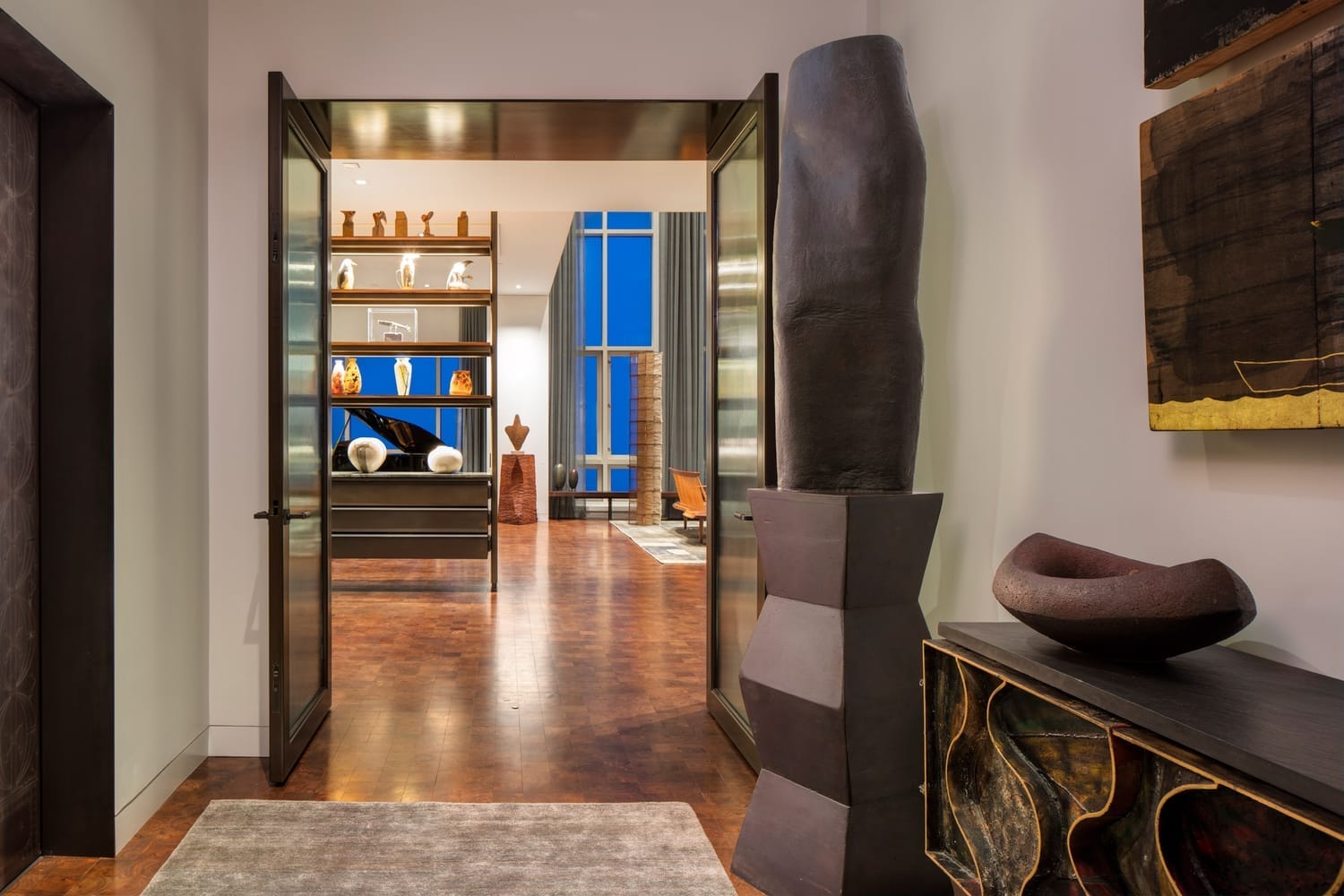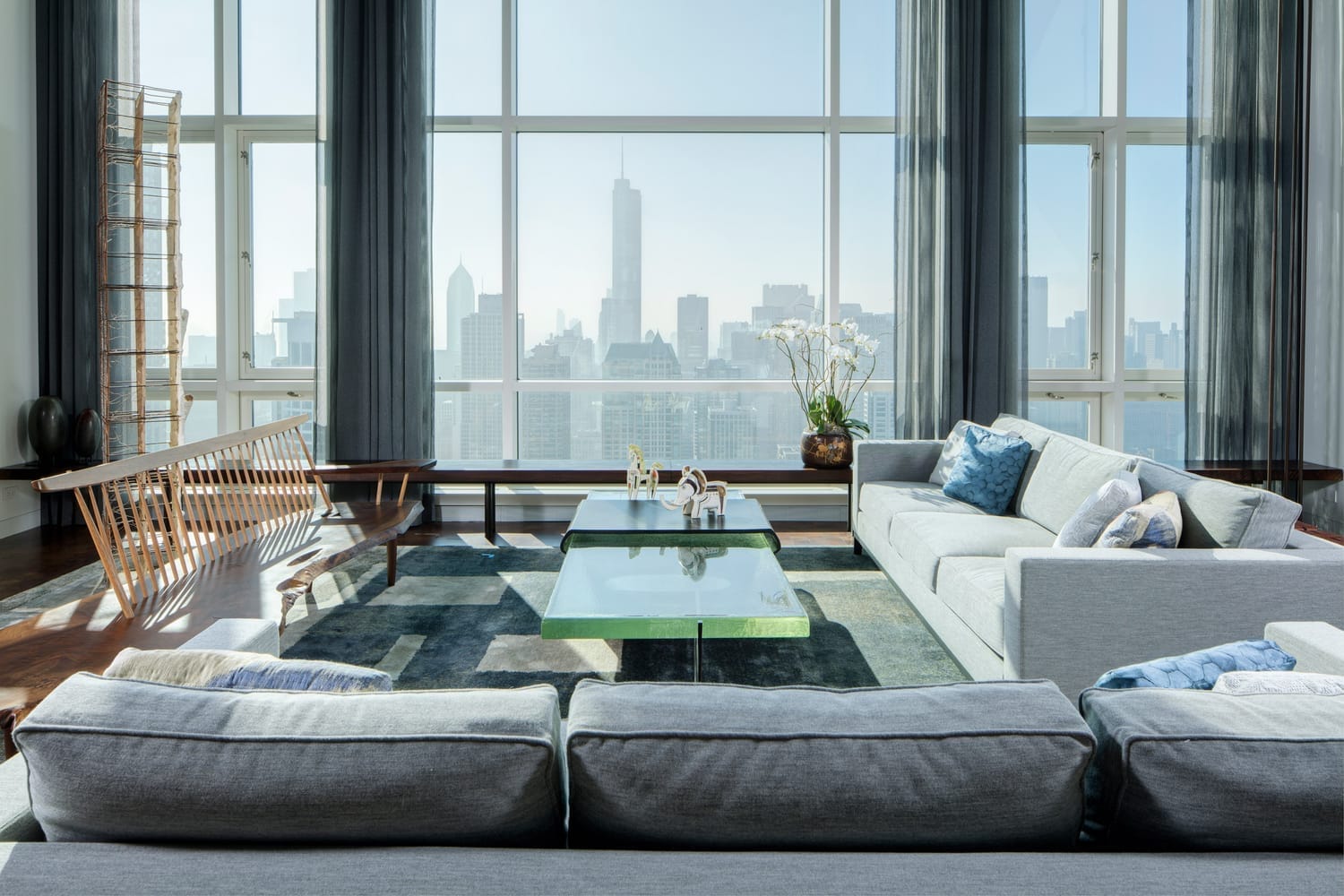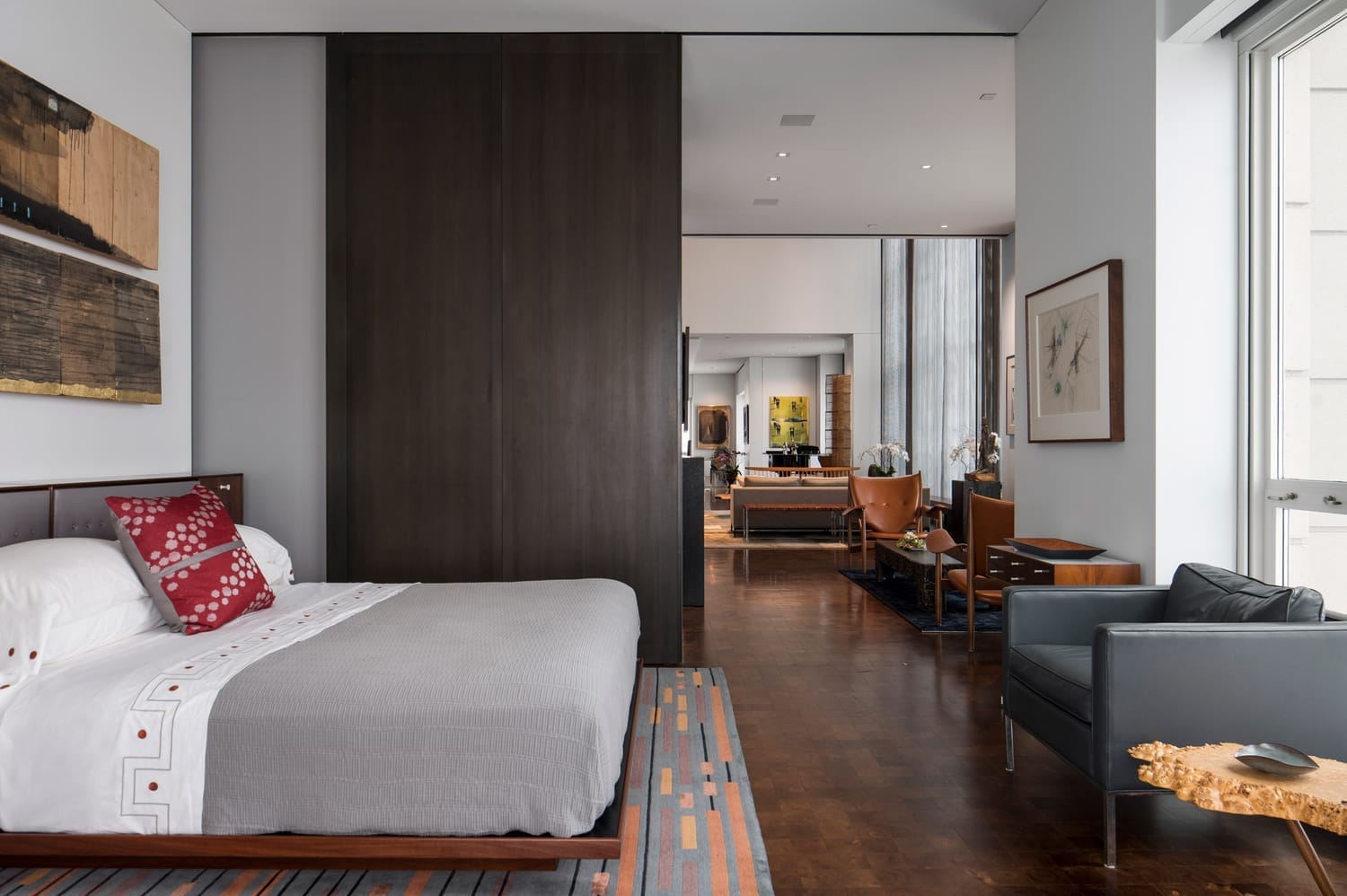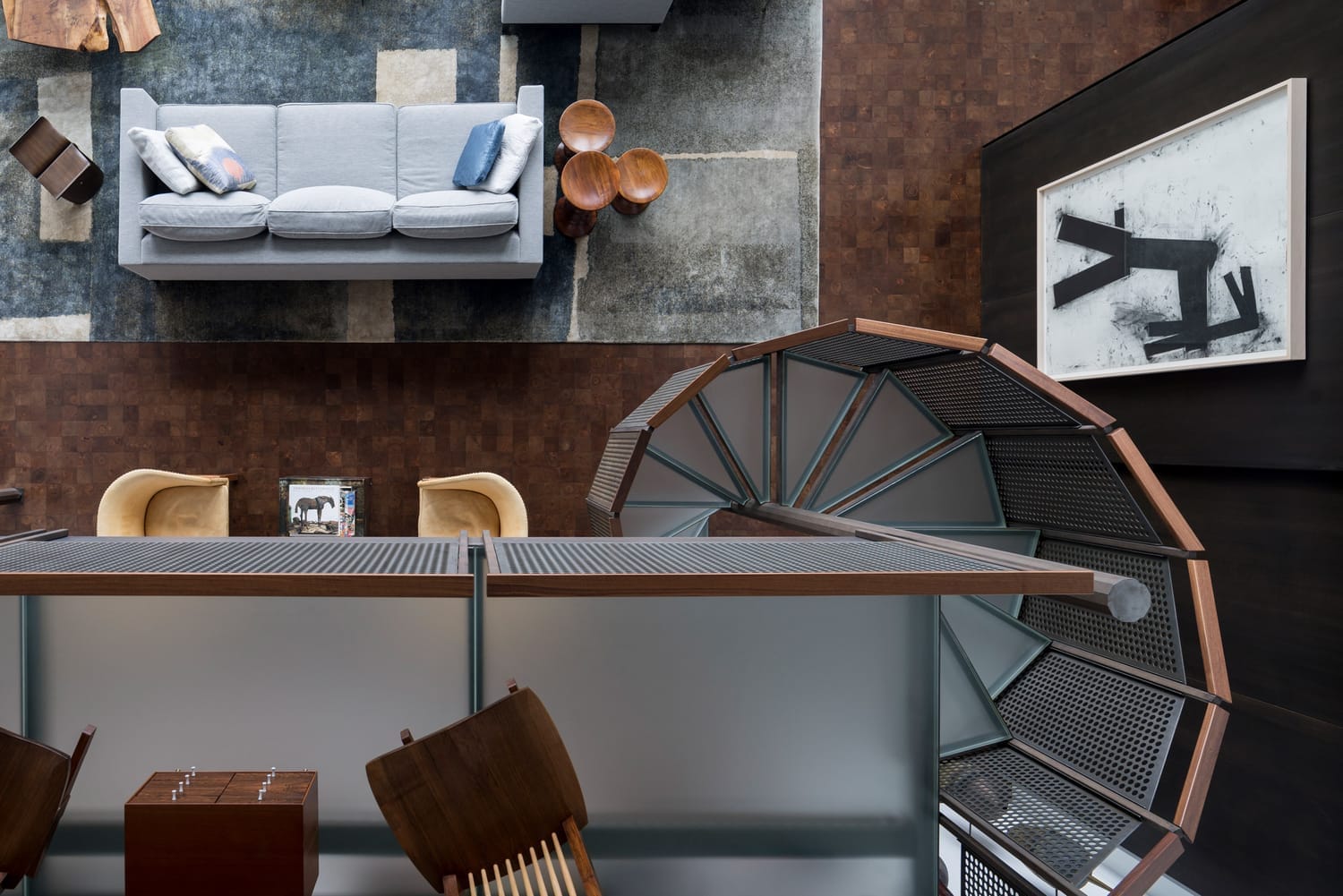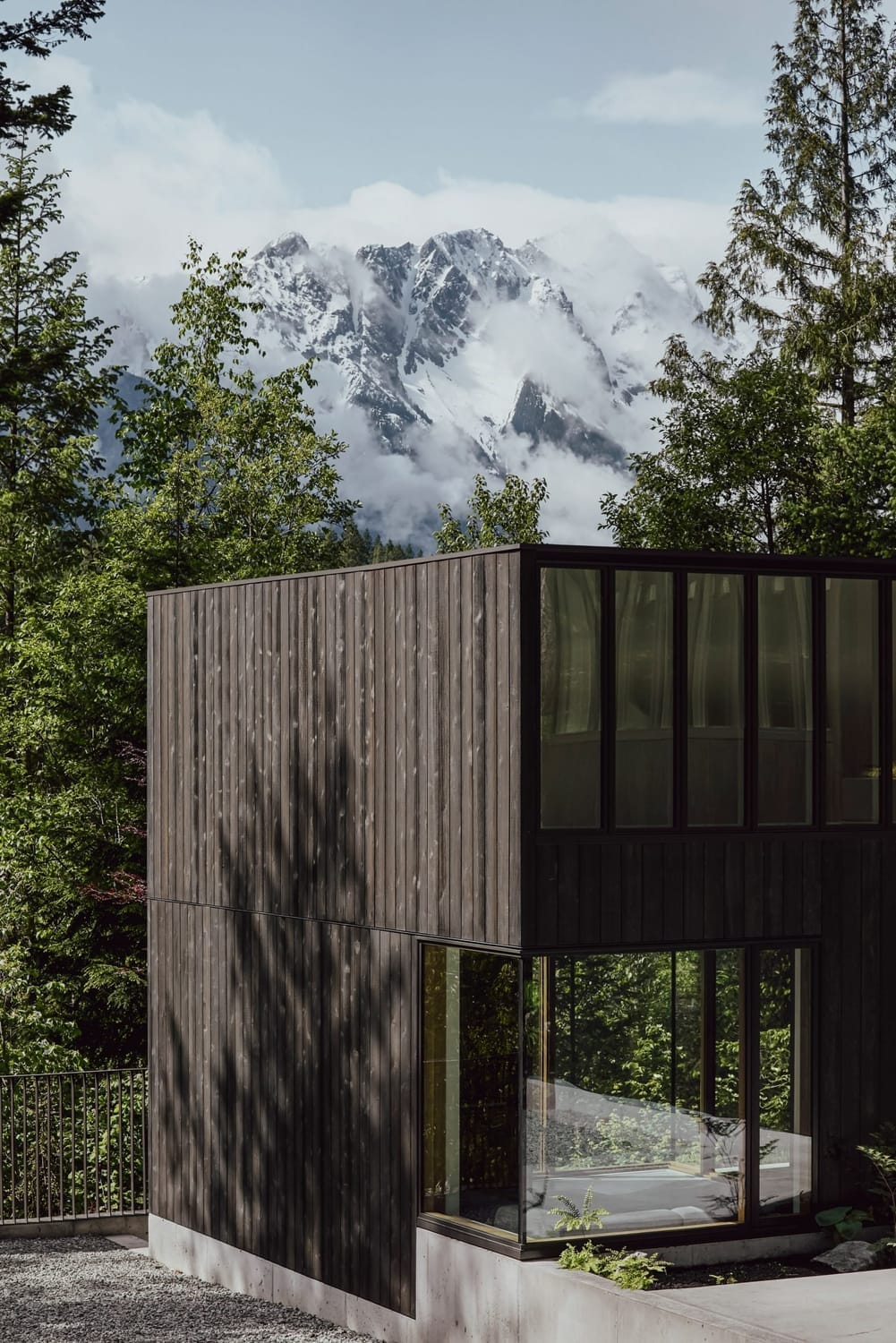

The Power of Place: Exploring the Mountains Environment in Human Design
Mountains: Place, Identity, and the Brain
Mountains not only articulate the topography and elevation of land and rock formations. More than that: they are cognitive landscapes, and they anchor our psyche. If you have ever been on an elevated point, you would have experienced the stillness that shapes how we measure our own restlessness.
The sheer size and permanence of mountains articulate the longing we have for stability when everything else feels in flux.
Neuroscience tells us that our brains don’t simply observe places: they encode them as part of our identity.
This is the principle of place identity, a facet of environmental psychology that explains how our sense of self is tethered to the environments we inhabit and cherish.
fMRI studies show that natural environments - particularly awe-inspiring ones like mountains- activate the Medial Prefrontal Cortex; the same region associated with self-reflection and meaning-making.
The feeling of being small can be measured by science and is linked to humility and less overthinking.
Stephen Porges, the pioneer of the Polyvagal Theory, shows how the nervous system unconsciously scans environments for safety or threat.
Lighting, openness, and cues of nature are these primal signals that regulate stress hormones and heart-rate variability.
The fast-acting, subcortical regions of our brains—especially the amygdala, basal ganglia, and hypothalamus—responds first to our environment. We don’t analyse space. We feel it.
The mountain's archetype in Human Design is all about endurance and the quiet strength we look for, when life gets rocky.
For anyone going through a major life shift, whether that’s through perimenopause, career transition, or personal growth, the concept of 'mountain' is more than just scenery.
It becomes a scaffold, a visual reminder that our sense of self is not fragile, but layered and capable of bearing weight.
Our homes also constantly influence us. A room with no natural lighting can make us feel stuck, while a space that connects us with nature can make us feel expansive. This is because our nervous system is always responding to our environment.
When we curate a home that borrows from the psychology of mountains—think solid, structured pieces and intentional quiet—we are reinforcing neural pathways that connect our home space with our sense of resilience.
This isn't just a nice idea; the science of neuroarchitecture is now proving that spatial design, light, and natural references directly affect our cognitive performance and emotional health.
Over the next two weeks, we'll explore the two major environments from Human Design—Mountains and Valleys, and how to apply them to your living space.
Think of it less as a design guide and more as a user manual for your home, focusing on how to make it a supportive force for your nervous system and mental health.
We're starting at the top, with Mountains, the archetype of clarity, perspective, and elevation.
Why Environment Shapes Who We Become
The Mountains environment is about altitude: not only physically, but mentally and emotionally.
It speaks to the need for:
Fresh air and circulation: Think openness, space to breathe, and access to clean light.
Perspective: A sense of being above the noise, with the ability to zoom out.
Stillness: Unlike bustling Valleys or vibrant Markets, Mountains favour slowness and contemplation.
Those with a Mountains environment in their Human Design chart often thrive when they have literal or symbolic access to higher ground.
It might look like:
Living in or frequently visiting hilly or elevated places.
Homes with wide, open views or higher floors in buildings.
Interior spaces designed to mimic altitude: clear sightlines, verticality, airiness.
Mountains are about stepping away from density to gain clarity.
The Psychology of Elevation
"Because we are embodied beings moving through time and space… our memories have spatial and temporal contexts—and these memories accumulate to form our identities.”
— From the ecological psychology and neuro identity insights of architectural scholars
Environmental psychology confirms what Human Design intuits: being in an elevated environment can change the way you think. Here's how:
Cognitive reset: Higher places often trigger parasympathetic activation, calming the nervous system and opening space for reflection.
Perspective bias: When we look down from a height, our brain sees a wider scope, which encourages us to think more broadly.
Air quality and light: Better air quality, better lighting, and natural ventilation have all been linked to better moods, memory, and clarity.
The Mountain archetype mirrors the neuroscience of vantage points: fewer distractions, more oxygen, less sensory overload, and more opportunity for deep thought.
Designing for Mountain Energy at Home
You don’t need to live at the top of Montmartre or the Alps to be in Mountain energy. You can intentionally design your interiors to embody altitude.
Here are some strategies you can adopt:
The Deeper 'Why': How Your Environment Shapes You
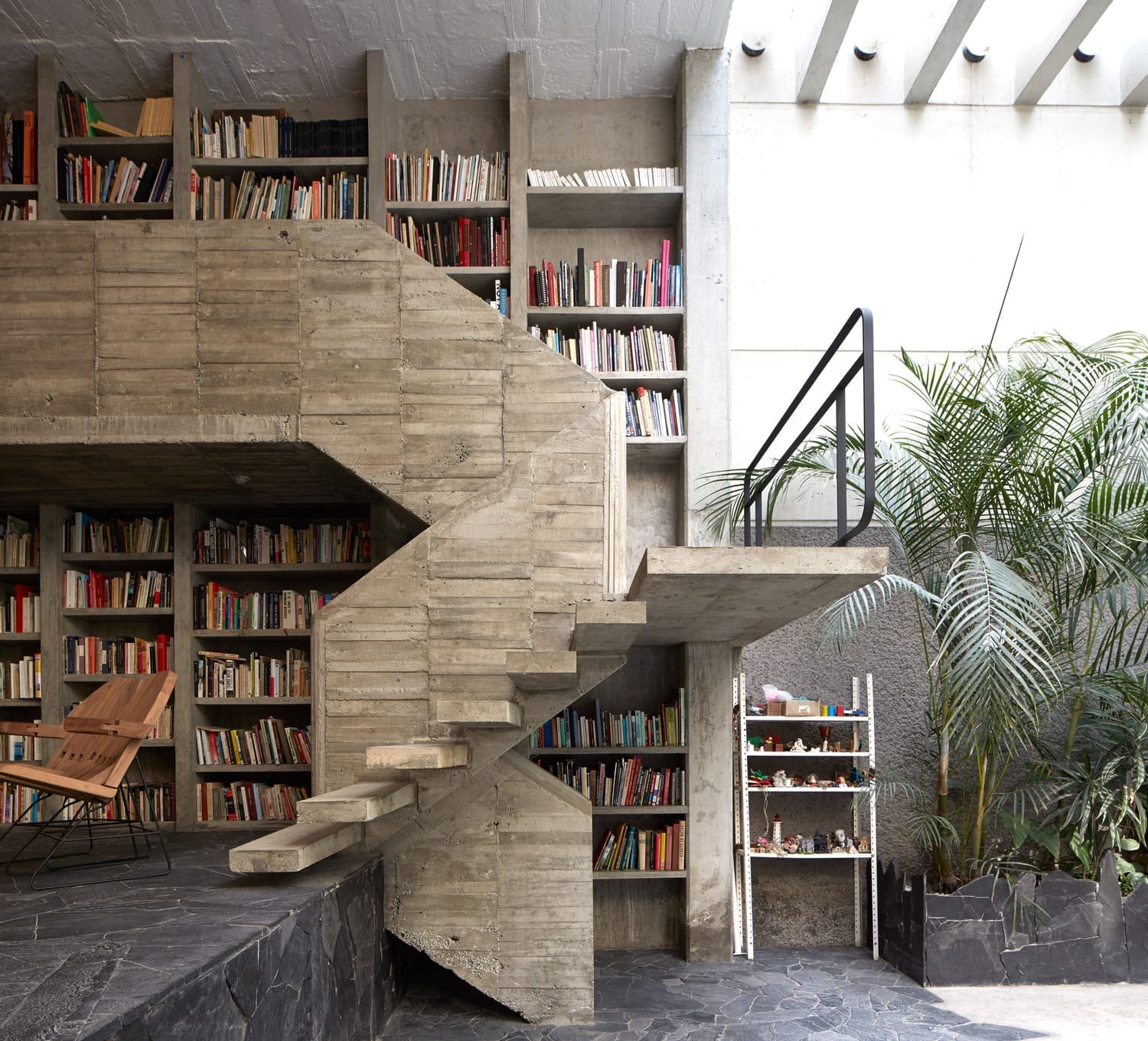
“Sensory experiences that appear ‘mild’ or ‘normal’ can have cumulative effects on the nervous system, especially when they disrupt circadian rhythms or sensory harmony.”
— Environmental Psychology Handbook, 2nd Edition (Gifford, 2014)
Your environment is not a standalone factor; it's a powerful force that works in tandem with your unique cognitive style and nervous system.
While everyone can benefit from a supportive environment, certain environmental cues have a more profound impact depending on your personality.
1. For active, driven people who are constantly "doing," a Mountain environment can be a profound ally.
A spacious home helps you relax and feel calm. It helps your body and mind switch from a state of always being busy to a state of rest and clarity. This helps you make better decisions and avoid feeling tired.
2. For strategic observers and guides, a Mountain-like setting provides the perfect backdrop. Their work often requires them to step back and take in the big picture.
An environment with open sightlines and a sense of detachment from the noise of the world supports their need to process information without distraction, which is crucial for their ability to guide and problem-solve effectively.
3. For highly autonomous individuals, a Mountain space can support their need for personal sovereignty.
It gives them the physical and symbolic space to initiate projects and ideas without feeling crowded or energetically hemmed in. An environment that feels expansive and unconstrained is essential for fostering their creative flow.
4. Finally, for highly sensitive or empathic people, the quiet and stillness of a Mountain environment is essential for their well-being. These individuals are naturally attuned to the energies and emotions of others.
A calm, uncluttered space acts as a sanctuary, helping them decompress and release the external input they've absorbed throughout the day, allowing them to recenter and maintain their own energy.
Lifestyle Practices that Support Mountain Types
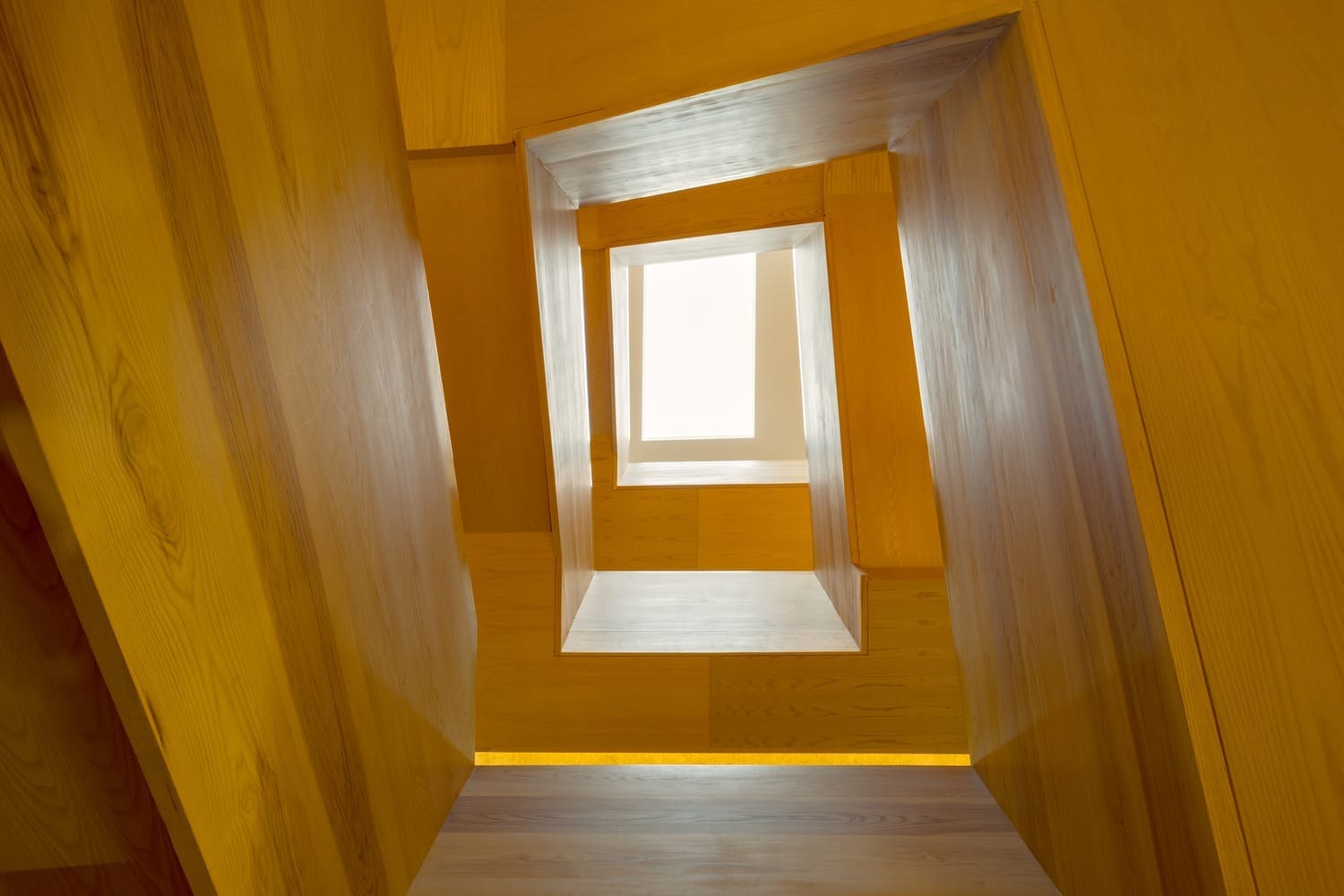
Interior design isn’t the whole picture.
For Mountain-environment people, alignment also comes from daily rhythms:
Morning clarity walks: If possible, walk where you can access a view or even climb stairs to begin the day with elevation.
Breathwork practices: Oxygen intake is key; Vipassana or simple deep breathing aligns with Mountain energy.
Decluttering routines: The less visual density there is, the easier it is to maintain clarity.
Bringing Mountains Into Your Life: The Cognitive Health Connection
From a neuroscience perspective, Mountain energy supports executive function and long-term memory.
The combination of oxygenation, perspective-taking, and reduced overstimulation allows the brain to switch into higher-order thinking — planning, problem-solving, and imagination.
The Human Design Environments is not supported by scientific research...yet. I think of science as our way of lending empirical credibility to anecdotal ideologies - proven for generations to work with human experiences proving its validity.
The more we study human physiology in relation to its environment, the more we can unearth the evidence showing exactly how these mechanisms work.
So think of neuroscience as the solid floor beneath your feet: the empirical grounding that explains how your environment continuously rewires your brain.
Now imagine Human Design as the window: the lens through which you begin to see how your individuality interacts with that evidence.
While neuroscience explains that the environment reshapes you, Human Design helps you understand how that reshaping unfolds uniquely for you.
Together, they reveal that design is not just about spaces; it’s about becoming.
The Mountains environment is an invitation to rise above; not to escape life, but to see it with clarity.
Whether through the literal altitude of where you live, or the symbolic choices you make in your interiors, Mountain energy is about designing a life with space to breathe, reflect, and gain perspective.
This brings us to the deeper question: if our environment is constantly reshaping us, then how exactly does it determine who we become?
Download the “Practical Companion” — a simple checklist of ways to bring Mountain energy into your home.
Take Action Today
If you are ready to translate these insights into tangible changes in your own space, here are a few pathways I offer:
Dive Deeper: For a comprehensive guide with practical, step-by-step strategies grounded in neuropsychology to help you design a truly brain-friendly home, explore my e-guides to learn and implement changes you can begin making in autonomy and at your own pace. Explore the e-guides here.
Join the Reinvention Mastery or Reinvention Essentials 6-month coaching program for women navigating perimenopause and postmenopause, and who want to learn how to use their spaces to support the evolution of their next chapter. The next cycle begins July 1st. Learn more about that here.
Personalised Insight: If you'd like tailored guidance on how the specific dynamics of your home environment are impacting your well-being and receive expert recommendations for change, consider booking a Home Diagnostics Session.
Ongoing Support: For continued learning, gentle accountability, and connection with a community exploring these ideas, you are welcome to join my Community. It is new and we are excited for where it is going.
Frequently Asked Questions: The Mountains Environment
1. What is the Mountains environment in Human Design?
The Mountains environment is one of six energetic environments in Human Design. It represents a need for perspective, clarity, and stillness. People with this environment thrive in spaces that offer open views, good air circulation, and a sense of being above the noise.
2. Can I have a Mountains environment even if I don't live in the mountains?
Yes, absolutely! The blog post provides actionable interior design strategies to help you embody "Mountain energy" no matter where you live. This can be achieved through symbolic choices like maximising vertical space, using clear sightlines, and creating quiet zones in your home.
3. How does a Mountains environment relate to other Human Design types?
Your environment works in synergy with your Human Design type (Generator, Projector, etc.). For instance, a Projector with a Mountains environment may find that the stillness and perspective of their space helps them better observe and share their wisdom.
The article explains how this environment supports the unique strategies of each type.
Want expert help designing a home tailored to your cognitive needs? Book a 1-hour Home Diagnostic Consultation today.
Let’s create a space that enhances your focus, creativity, and mental well-being. Book your1-hour Home Diagnostic Consultation to create a brain friendly and supportive home.
